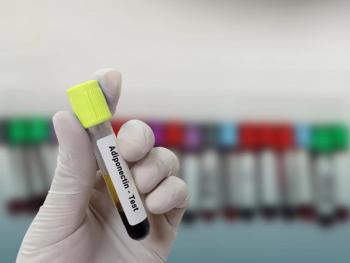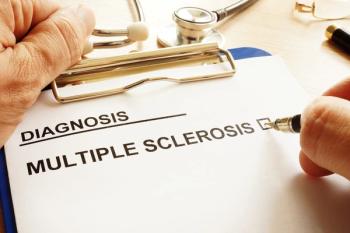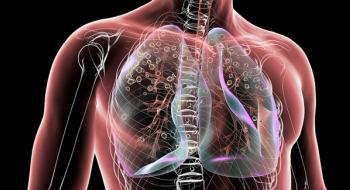
New Model More Accurately Identifies Future High-Cost Patients
A new predictive model that relies primarily on patient demographics was able to improve predictive accuracy of identifying high-cost patients in the future at Intermountain Healthcare. The results of the study and the specifics of the model were published in >eGEMs.
A new predictive model that relies primarily on patient demographics was able to improve the predictive accuracy of identifying high-cost patients in the future at Intermountain Healthcare. The results of the study and the specifics of the model were
“This new healthcare climate requires changes to existing delivery systems in order to meet the needs of the community in ways that focus on the triple aim of improving the experience of care, the health of the population, and the cost of healthcare,” the authors wrote.
They used the model they created as a way to target the right patient population for enrollment in Intermountain Healthcare’s Community Care Management (CCM) program, which provides care management for high-cost, complex patients.
Previously, patients were identified using a ranking methodology that had targeted patients who had healthcare costs in the top 10% of patients for the last year and in the top 15% in one of the 2 preceding years. The researchers used a retrospective cohort study design with logistic regression to evaluate high-cost patients for 2 of the next 3 years. They called this the Logistic Model.
The study included more than 26,000 patients who were in the top 15% of healthcare costs from January 1, 2011, to December 31, 2011.
Key predictors in the model included age, gender, marital status, socioeconomic factors, behavioral health conditions, and comorbidities, such as morbid obesity, coronary artery disease, and hypertension.
The researchers found that the original model being used for the CCM predicted 63% of patients would remain in the top 15th cost percentile for 1 of the next 3 years. However, the Logistic Model accurately predicted 79% of patients.
According to the researchers, the implementation of the Logistic Model has allowed staff with the CCM to more efficiently select the right patients for the program, thus also reducing the burden of vetting patients.
“Using this model can shorten the time requirements to identify patients who are most likely to benefit from case management interventions, thus decreasing cost burdens to hospitals and patients alike,” the authors concluded.
Newsletter
Stay ahead of policy, cost, and value—subscribe to AJMC for expert insights at the intersection of clinical care and health economics.













































